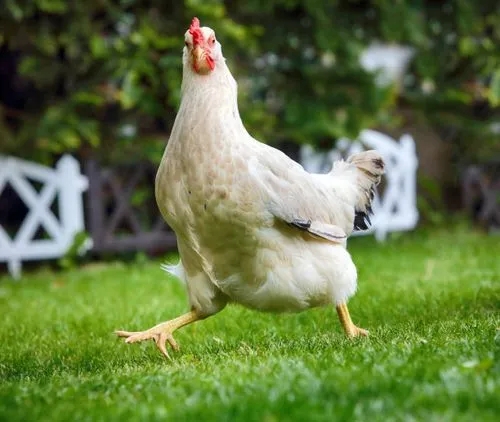Phospholipids For Feed

Phospholipids are the main components of biological membranes and are crucial for animal growth. Soybean phospholipids are esters composed of glycerol, fatty acids, choline, or ethanolamine, and primarily contain lecithin, cephalin, inositol phospholipids, and other components. During animal growth, phospholipids are indispensable in the brain, nervous tissues, bones, and internal organs. They are especially important for young animals, as they need phospholipids to form new cells.
As a feed additive, phospholipids can enhance the animal's immune system, improve the phagocytic ability of phagocytes, and increase the proliferation capacity of lymphocytes. They also promote and improve the absorption and utilization of fats. Through their emulsifying and dispersing properties, phospholipids increase the contact area between fats and the intestinal mucosa, enhancing fat absorption. Adding phospholipids can improve the energy and nutritional value of the feed, increase feed conversion rates, and reduce the feed conversion ratio.
As a binder, phospholipids added to compound feeds and premixes can reduce dust generation and automatic grading during feed processing, maintaining uniform feed mixing. As an emulsifying stabilizer, the hydrophilic and lipophilic groups in phospholipid molecules make them excellent fat emulsifiers, preventing fat loss in the feed and increasing the animal's fat absorption. Phospholipids also have suspension and lubricating properties, improving the suspension state of the feed in water, making it easier for fish and shrimp to consume, while also reducing feed loss during extrusion and wear on equipment.
Depending on the processing technology of soybean phospholipids, they can be categorized into types such as natural crude phospholipids (concentrated soybean phospholipids). Phospholipids are relatively stable in oils but can easily oxidize and deteriorate when exposed to air or sunlight, causing them to darken. Therefore, it is important to avoid prolonged exposure to air or sunlight during storage and use.
The specific amount of phospholipids to be added to feed should be determined based on the type of animal, growth stage, and feed formulation. Phospholipids can be added directly to the feed mix or in forms such as embedded feed or microparticle feed.
Key points in the application of feed phospholipids include understanding the composition and function of phospholipids, their physiological activity and nutritional value in feed, specific applications in aquatic feed, types and stability, and dosage and addition methods. Through reasonable application, it can effectively promote animal growth and improve feed utilization efficiency.



